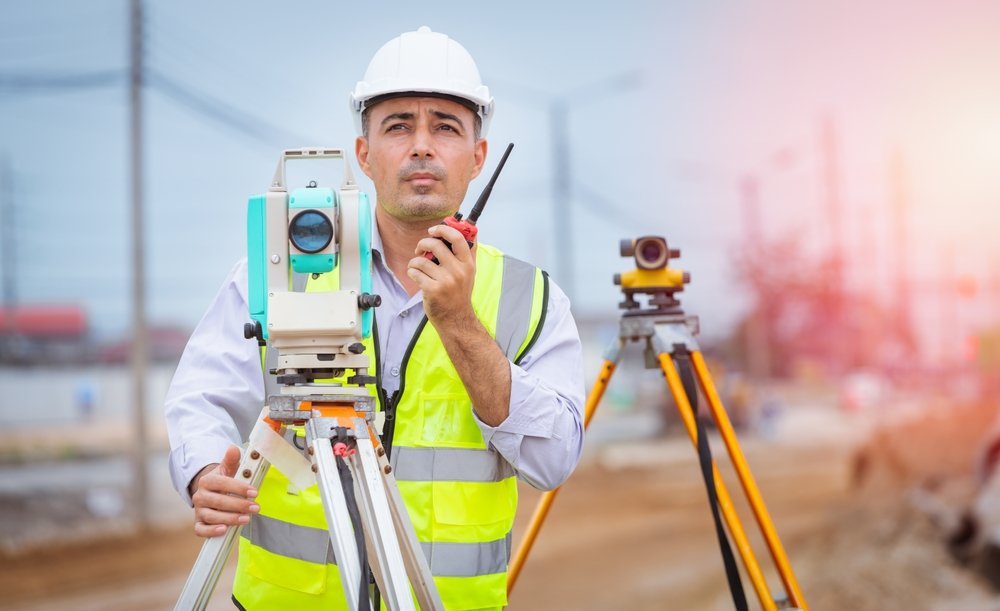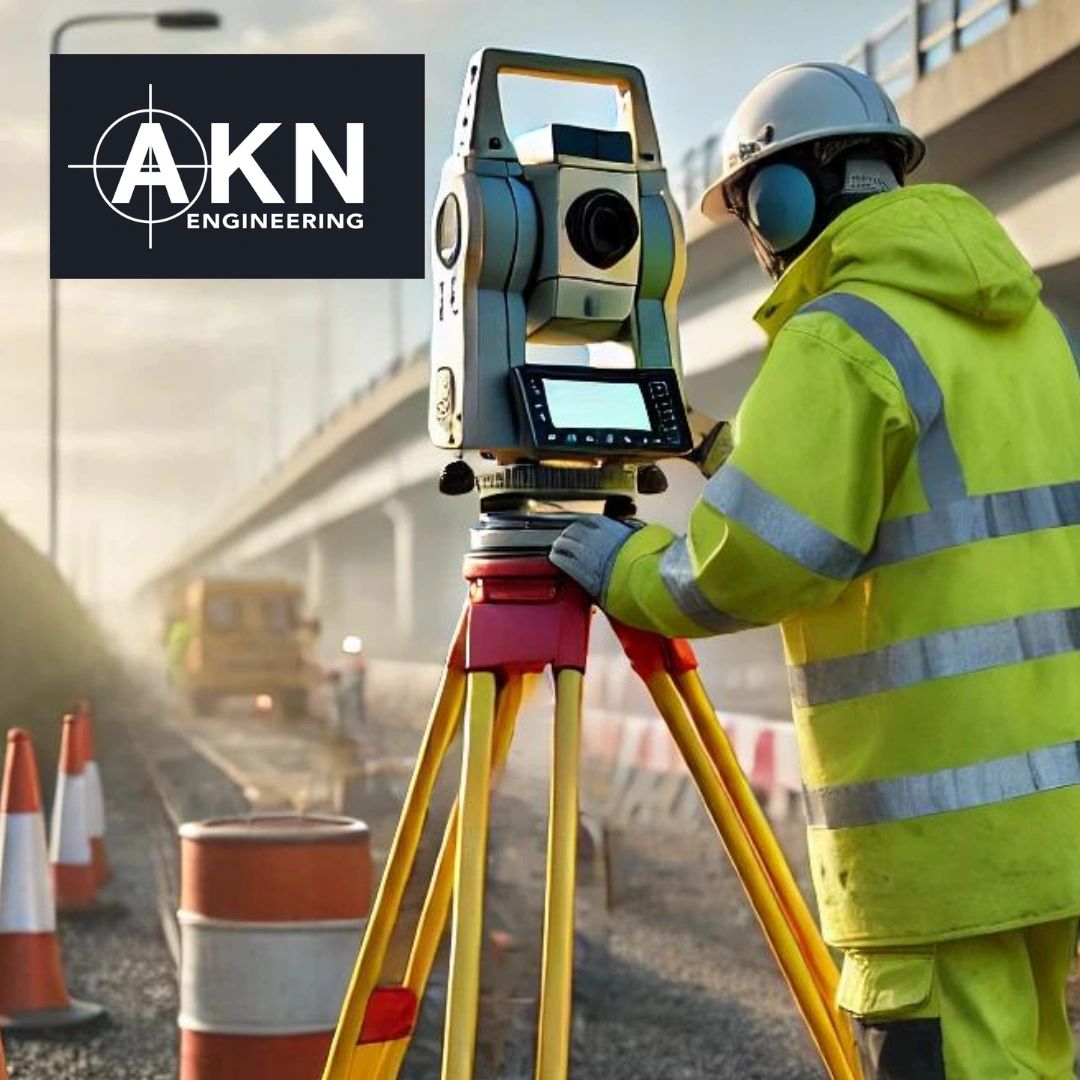Understanding Engineering Surveys and Their Impact on Construction Projects
Understanding Engineering Surveys and Their Impact on Construction Projects
Blog Article
Essential Tools and Strategies in Laying Out Engineering
The technique of setting out design depends greatly on a collection of necessary devices and strategies that underpin the accuracy and efficiency of project execution. What effects does this hold for future engineering practices?
The Value of Accurate Measurements

The significance of accurate dimensions extends past simple compliance; they are important to the overall effectiveness of design procedures. Mistakes can cause worldly waste, job delays, and raised labor expenses, ultimately influencing the job's lower line. Additionally, specific measurements boost the top quality of the end product, making sure that it does as intended and fulfills the expectations of stakeholders - setting out engineering.
Additionally, the significance of precise measurements is apparent in various design techniques, consisting of civil, mechanical, and electric design. Hence, fostering a society that focuses on precision is vital for the future of engineering.
Vital Devices for Setting Out
Establishing out, a vital phase in the design and construction procedure, depends greatly on specific devices that guarantee precise area and positioning of structures. Amongst these tools, the surveyor's degree stands out, supplying precise straight measurements important for developing reference factors. This tool allows designers to identify altitude changes and maintain uniformity throughout the project site.
The total terminal is an additional vital device, incorporating electronic range dimension with angular dimension capabilities. This modern technology improves performance and accuracy in capturing spatial data, permitting for efficient website layout and planning.
In addition, the use of gauging tapes and noting devices, such as chalk lines or risks, is basic for temporarily marking limits and crucial points on the site. These standard devices, though simple, are essential for ensuring clear communication among the building group concerning task requirements.
Last but not least, general practitioner innovation has actually gained traction in laying out procedures, supplying real-time positioning data and considerably enhancing accuracy over standard approaches. Jointly, these essential devices form the backbone of efficient laying out practices, ultimately adding to the effective implementation of engineering and building and construction tasks.
Advanced Surveying Techniques
Advanced evaluating techniques play an essential duty in boosting the accuracy and effectiveness of engineering jobs. These methods include a variety of methodologies that provide accurate data for layout and building and construction. Standard techniques, such as leveling and triangulation, have developed right into more sophisticated methods, including Complete Station studies and Worldwide Navigating Satellite Systems (GNSS)
Complete Station tools incorporate digital theodolites with distance dimension abilities, allowing surveyors to collect precise area data with great speed. This modern technology dramatically reduces mistakes connected with manual dimensions and supplies real-time information handling. resource Additionally, GNSS offers unmatched accuracy for large jobs by utilizing satellite signals to determine precise positioning, which is important for guaranteeing and straightening structures compliance with design specs.
In addition to these tools, progressed methods additionally integrate geospatial evaluation and 3D modeling. These approaches allow designers to imagine surface and website conditions a lot more properly, helping with much better decision-making throughout the preparation phase. By employing these advanced surveying techniques, design jobs can attain better accuracy in format, decrease rework, and eventually improve overall project success.
Digital Modern Technology in Engineering
The integration of electronic modern technology has actually revolutionized engineering practices, enhancing both productivity and accuracy across various disciplines. Tools such as Structure Details Modeling (BIM) facilitate the visualization and management of intricate tasks, permitting engineers to work together effortlessly and make notified decisions. This modern technology allows the creation of in-depth 3D versions, which can be examined for structural honesty and effectiveness before construction starts.

The application of fabricated knowledge and equipment understanding in design processes additionally improves predictive upkeep and optimization of sources. These technologies enable the analysis of vast information sets, leading to better forecasting and boosted job outcomes. Generally, electronic innovation is reshaping the design landscape, driving advancement, and making certain that tasks are completed with higher efficiency and lowered risk. As the industry continues to progress, embracing these tools will certainly be crucial for future success.
Best Practices for Application
When implementing digital technology in design, it is critical to establish a calculated strategy that lines up with project objectives and business capacities. A complete assessment of existing operations and innovation framework is vital to determine voids and chances for enhancement. Involving stakeholders early in the procedure cultivates cooperation and makes sure that the technology satisfies individual requirements.

Task managers must adopt an iterative execution technique, allowing for modifications based upon real-time responses and performance examinations. This dexterous approach not only minimizes risks however likewise advertises constant renovation by including lessons learned.
Conclusion
To conclude, the combination of necessary devices and advanced techniques in setting out engineering is vital for her latest blog guaranteeing accuracy in measurements and effective project execution. Using instruments such as property surveyor's levels, overall stations, and GPS innovation, along with modern-day evaluating approaches, improves precision and reduces the likelihood of mistakes. Embracing finest methods in execution better maximizes these processes, ultimately fostering improved project outcomes in the design and building and construction fields.
The technique of establishing out design depends heavily on a collection of essential devices and strategies that underpin the accuracy and effectiveness of task implementation.Additionally, the significance of precise dimensions is noticeable in different engineering disciplines, consisting of civil, mechanical, and electric engineering. By employing these innovative checking methods, engineering tasks can accomplish greater accuracy in format, minimize rework, and ultimately improve overall task success.
Generally, digital technology is reshaping the design landscape, driving advancement, and making certain that jobs are completed with better effectiveness and lowered risk (setting out engineering).In verdict, the combination of essential devices and progressed techniques in establishing out design is important for ensuring accuracy in dimensions and effective project implementation
Report this page